
Researchers from Brazil evaluated the use of optical coherence tomography to assess the impact of congenital Zika virus infection on infants’ eyes.
Brian P. Dunleavy has been covering health and medical research for more than 25 years, for United Press International and EverydayHealth.com, among other outlets. He is also the former editor of Infectious Disease Special Edition. In addition, he has written on other subjects for Biography.com, History.com, the Village Voice and amNewYork, among others. He holds a master’s degree from the University of Missouri School of Journalism.

Researchers from Brazil evaluated the use of optical coherence tomography to assess the impact of congenital Zika virus infection on infants’ eyes.

Researchers from the Centers for Disease Control and Prevention have published more information on the incidence of birth defects in infants born to mother infected with the Zika virus.

Nicholas J. White, MD, shares his “Personal View” on mass drug administration (MDA) as a means of malaria prophylaxis.

University of Arizona researchers look at important trends related to infectious disease mortality in the United States.

Thomas Frieden, MD, MPH, director of the CDC, and Susan Desmond-Hellmann, MD, chief executive of the Bill and Melinda Gates Foundation discuss how governments and business organizations should prepare for pandemics, especially a potential influenza pandemic.
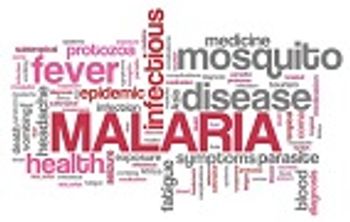
A $29 million grant from the Bill & Melinda Gates Foundation will help focus efforts on eliminating malaria from Asia-Pacific and Southern Africa.

Most biotech and pharmaceutical companies focus their research efforts on cures for chronic diseases that plague the majority of the population because that’s where the money lies; however, is the rise in devastating infectious diseases such as Zika redirecting the lens of many companies?

The US Department of Health and Human Services has added seven new substances to its list of carcinogens deemed harmful to human health.

Researchers at Houston Methodist have discovered a protein that facilitates immunity against malaria and may be used to inform future vaccine development.
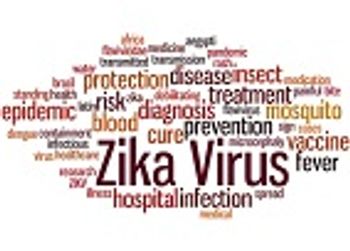
New research out of the University of Pennsylvania on a DNA-based Zika virus vaccine is showing promising results.

Buyers clubs are still going strong in the United States and around the world as the offer a low-cost alternative for individuals with HIV and hepatitis c virus (HCV) who often find themselves struggling to pay for the expensive medications they need to treat their illness.
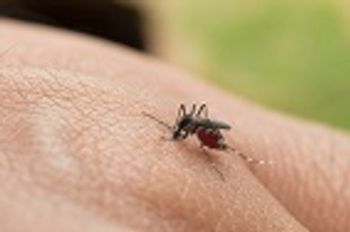
The results of an election poll question on conducting an effectiveness trial using genetically modified mosquitoes to combat the Zika virus revealed mixed feelings among Florida natives.

Human trials are currently underway for a potential candidate vaccine for the Zika virus and a novel treatment approach has shown promise in mice.

The Centers for Disease Control and Prevention has issued Zika guidance designed to bolster infection control and limit exposure to clinicians and other caregivers.
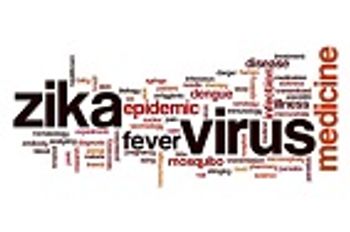
As travel-related Zika virus numbers continue to grow, New York City bolsters its Zika Preparedness and Response Action Plan.

Studies find that a mutated gene that encodes the Ebola virus glycoprotein increased its ability to infect human and primate cells in the 2013-2106 West African epidemic.
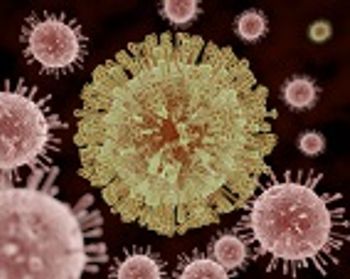
A new study has found that Zika virus impacts fertility in male mice.

Zika has reached Australia and authorities are taking preventive measures to prevent a large-scale outbreak.

Despite public outcry, experts agree that vector-control methods are still the most effective ways to fight the spread of the Zika virus.

New cases of Zika are impacting Florida’s “Little Haiti” neighborhood.
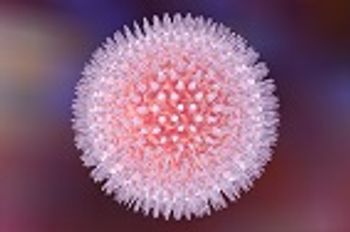
New studies on the Zika virus have revealed how long the virus may stay in the vaginal tract, as UK researchers have mapped the first complete Zika virus genome derived from semen.

Research groups from around the world have identified potential therapeutic targets for treating active Zika virus.

Researchers at Sanofi Pasteur, have developed a “transmission model” for Dengue and assessed the population impact of vaccination in the 10 countries participating in the Phase III efficacy studies for CYD-TDV/Dengvaxia.

Researchers from the United Kingdom and Brazil have isolated the full-length genome sequence of the Zika virus.

A recent study details a case of a man with a confirmed Zika virus infection accompanied by papular descending eruption, petechiae on his palate, and hyperemic sclerae.

Researchers have now identified virologic evidence of Zika virus in patients with Guillain-Barré syndrome, showing that the onset of the neurologic disorder can parallel the onset of systemic manifestations of the mosquito-borne infection.

Thanks to the recently approved $1.1 billion in federal funding to support Zika virus-related efforts, various government agencies are ramping up efforts to develop novel vaccines designed to prevent infection.

The Centers for Disease Control and Prevention (CDC) has updated its interim guidance for “pre-pregnancy counseling” for Zika virus, just as new information regarding sexual transmission of the infection has been made available.

Just when residents in the Miami area thought the need to fear mosquito-borne viruses was over, Florida health officials revealed that they have identified a locally-transmitted case of Dengue virus.

Researchers at Stanford University School of Medicine have potentially added to existing knowledge with regard to how Zika virus affects the developing fetal brain.